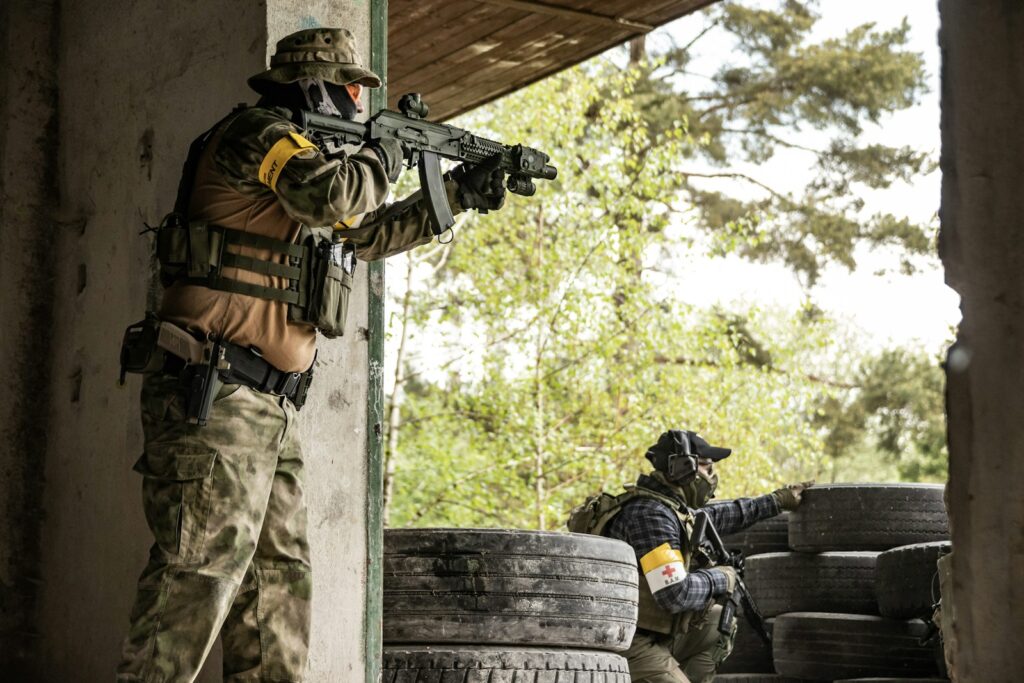A solemn atmosphere enveloped Fort Stewart, Georgia, on Wednesday, August 6, as an active-duty soldier opened fire within the confines of the massive military installation, injuring five of his fellow service members. The incident, which unfolded shortly before 11:00 a.m. local time, swiftly prompted a base-wide lockdown, drawing immediate attention to the critical subject of safety and the long-standing policies governing personal firearms on military grounds. While the injured soldiers are fortunately in stable condition and expected to recover, the event has reignited profound discussions across the nation regarding military gun regulations.
Brigadier General John Lubas, the commanding general of the 3rd Infantry Division and Fort Stewart-Hunter Army Airfield, confirmed the swift and courageous response of soldiers who witnessed the attack. These individuals, described by General Lubas as acting “immediately and without hesitation,” reportedly tackled and subdued the suspected gunman, effectively containing the threat before law enforcement arrived on the scene. This decisive action, which General Lubas asserted “without a doubt, prevented further casualties,” underscored the inherent risks present within military environments and the critical role of immediate intervention.
The alleged shooter, identified by military officials as 28-year-old Sergeant Quornelius Radford from Jacksonville, Florida, is an active-duty soldier assigned to the 2nd Armored Brigade Combat Team, the very area where the shooting transpired. Radford, who joined the Army in 2018 as an automated logistical specialist, possessed no known combat history prior to this incident. He currently remains in custody, specifically in pretrial confinement, following his apprehension at 11:35 a.m., approximately 40 minutes after the initial reports of shots fired.
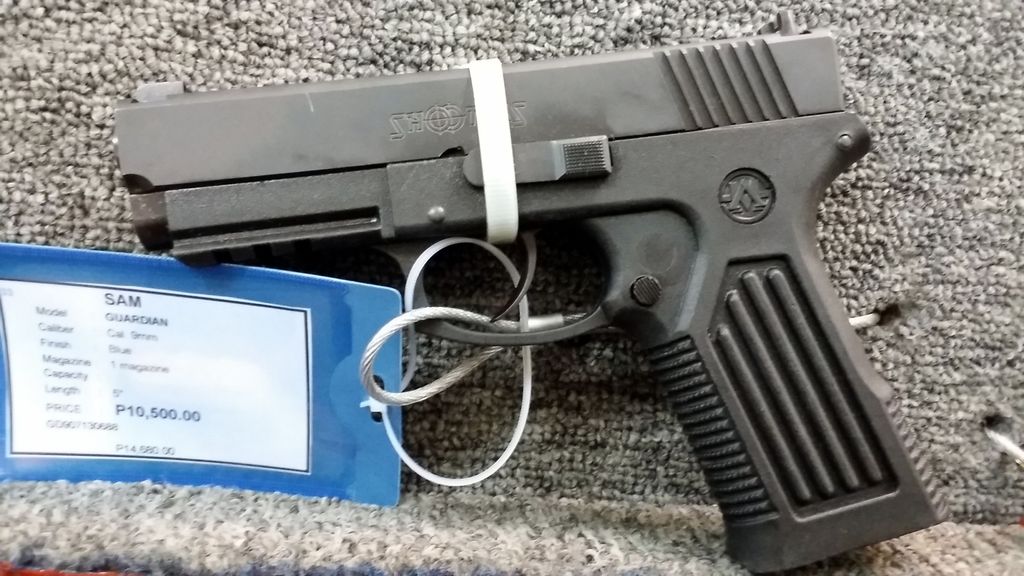
The weapon used in the attack was a personal 9mm handgun, which Sergeant Radford had reportedly purchased in Florida during May. This detail immediately sparked inquiries into how a personal firearm was brought onto a federal military installation, particularly given the strict protocols typically in place. General Lubas addressed this directly, stating that military investigators “are going to have to determine how he was able to get a handgun to his place of duty,” highlighting a key investigative avenue.
While the exact motivation behind Sergeant Radford’s actions remains unclear, law enforcement officials briefed on the case have indicated a potential precursor. It is alleged that the suspect had engaged in a disagreement with one of the victims the day prior to the shooting. On the morning of the incident, Radford reportedly followed this individual to a maintenance area, where he shot the person in the chest, before proceeding to shoot four other colleagues. The firearm and numerous shell casings were subsequently recovered at the scene.
Sergeant Radford now faces a distinct legal pathway under the Uniform Code of Military Justice (UCMJ), a system entirely separate from civilian courts. As CNN analyst Ret. Gen. Ty Seidule explained, this code governs military personnel with its own judges, prosecuting counsels, investigative agencies, and police. Radford has been interviewed by the Army Criminal Investigation Division and is awaiting charges from the Office of the Special Trial Counsel (OSTC), an entity akin to the U.S. Attorney’s Office for the Army.
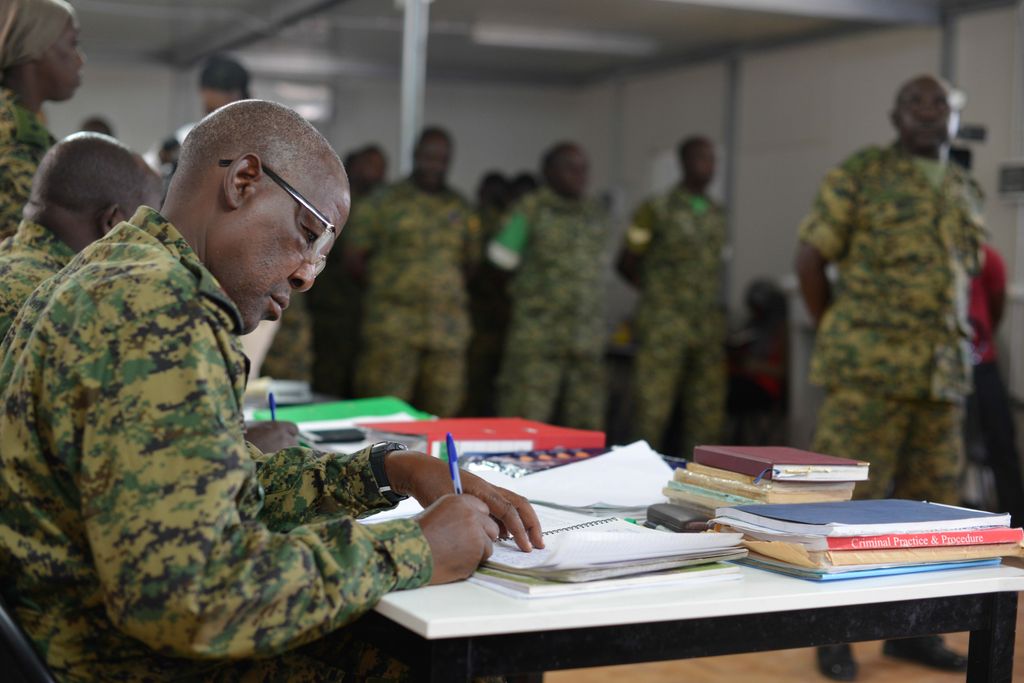
Upon the completion of the evidence review and the drafting of formal charges, Sergeant Radford is expected to face a court-martial, which is comparable to a civilian criminal trial. The Department of Defense outlines three levels of court-martial, with the highest, a general court-martial, reserved for the most serious crimes. Should Radford be convicted of a grave offense, he could face imprisonment in a military prison, underscoring the severity of the charges he potentially faces within this specialized legal framework.
The shooting at Fort Stewart has brought renewed public scrutiny to the long-standing Department of Defense (DoD) policy that largely restricts service members from carrying personal weapons on military installations. This policy, which has been in place for decades, permits military personnel to possess personal firearms on base only with explicit permission from a senior commander. Furthermore, a rigorous protocol dictates how such firearms must be stored, typically requiring them to be checked out from secure storage for sanctioned uses like hunting or range practice, and then promptly checked back in.
This decades-old regulation was initially implemented to enhance safety by limiting the number of armed individuals on Army bases primarily to military police. The logic behind such a stringent approach, according to Robert Capovilla, a founding partner for a prominent military law firm and a former military prosecutor, is rooted in national security. Capovilla emphasized, “A lot of these installations are involved in top-secret operations, dealing with top-secret information, and because of that you need a heightened security.” He added, “You simply don’t want folks walking around a federal installation with personal weapons,” asserting his belief that arming soldiers would not have prevented this specific incident.

Despite the policy’s clear intent, questions persist regarding its practical limitations and effectiveness in preventing such violent occurrences. Eric Carpenter, another former military prosecutor and defense counsel, noted that while firearm regulations on military bases are in some respects more stringent than in most states, they echo broader societal debates surrounding gun control. He highlighted that service members do not forfeit all of their Second Amendment rights simply by entering the military.
Carpenter also pointed out the relative ease with which a service member residing off-base might bring a weapon onto a military installation, given that a senior commander lacks the authority to regulate gun ownership off base. A critical concern, he noted, is the scarcity of legal grounds for leadership to confiscate a firearm when a service member exhibits signs of a mental health crisis or post-traumatic stress disorder, conditions that could potentially pose a threat to themselves or others. He concluded that “all those rules aren’t going to prevent someone from doing what the guy did today,” acknowledging the inherent challenges in completely preventing determined individuals from committing acts of violence.
The ramifications of the Fort Stewart shooting extend beyond the immediate victims, impacting the wider military community and its families. Brigadier General Lubas, who assumed command of the base less than two weeks prior to the incident, expressed continued confidence in the installation’s security, even as investigators delve into how Sergeant Radford bypassed existing controls. The incident spurred immediate responses from state and federal leaders, including President Donald Trump, who vowed the perpetrator “will be prosecuted to the fullest extent of the law,” emphasizing national prayers for the victims and their families.
Secretary of Defense Pete Hegseth echoed these sentiments, labeling the event a “cowardly shooting” and affirming that “swift justice will be brought to the perpetrator and anyone else found to be involved.” Governors and congressional representatives from Georgia also voiced their sorrow and prayers, highlighting the profound impact on the local community. The incident also triggered temporary lockdowns at multiple schools serving military children both on and off base, including two elementary schools and a middle school in Liberty County, where it was the students’ first day back from summer break, underscoring the broader ripple effect of such events.
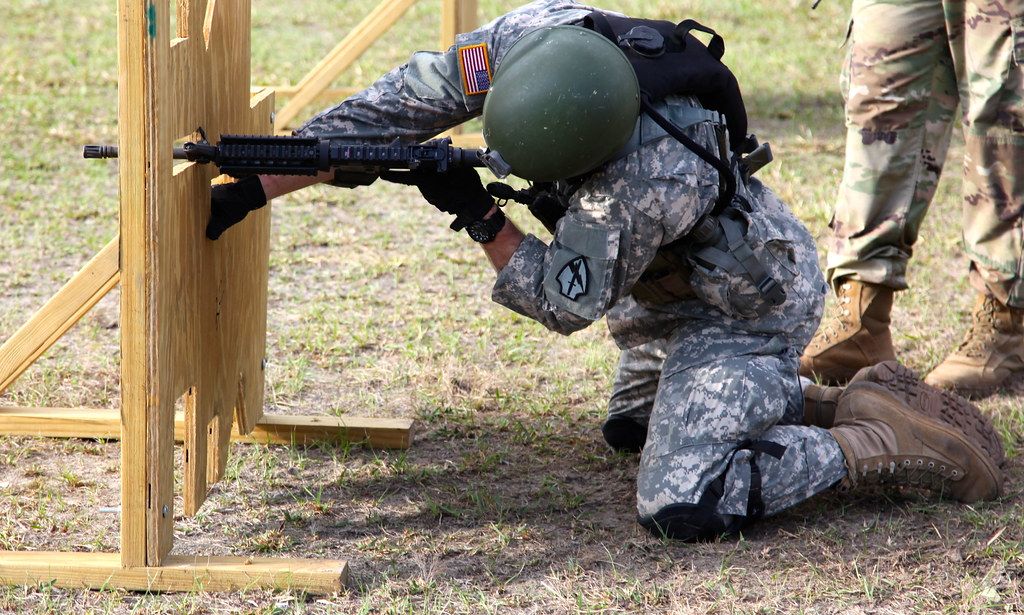
The tragic shooting at Fort Stewart is not an isolated incident within the broader context of violence on U.S. military installations. Fort Stewart itself experienced a previous fatal shooting in December 2022, when a fellow soldier killed Sergeant Nathan Hillman within the same unit’s building complex. Looking further back, a sobering history of mass shootings at military bases includes the 2019 attack at Naval Air Station Pensacola, where a foreign flight training officer killed three Navy sailors, and the devastating 2014 and 2009 incidents at Fort Hood, Texas, which resulted in multiple fatalities and injuries, some classified as terrorist attacks.
These recurring incidents underscore the complex challenges inherent in maintaining security within military environments while balancing the rights and well-being of service members. Fort Stewart itself is a vast and vital installation, encompassing 438 square miles—larger than New York City—and serving as the home of the Army’s 3rd Infantry Division. With approximately 10,000 residents, including active-duty troops, family members, and civilian employees, the base has grown significantly since its origins in 1940 as an anti-aircraft training facility.
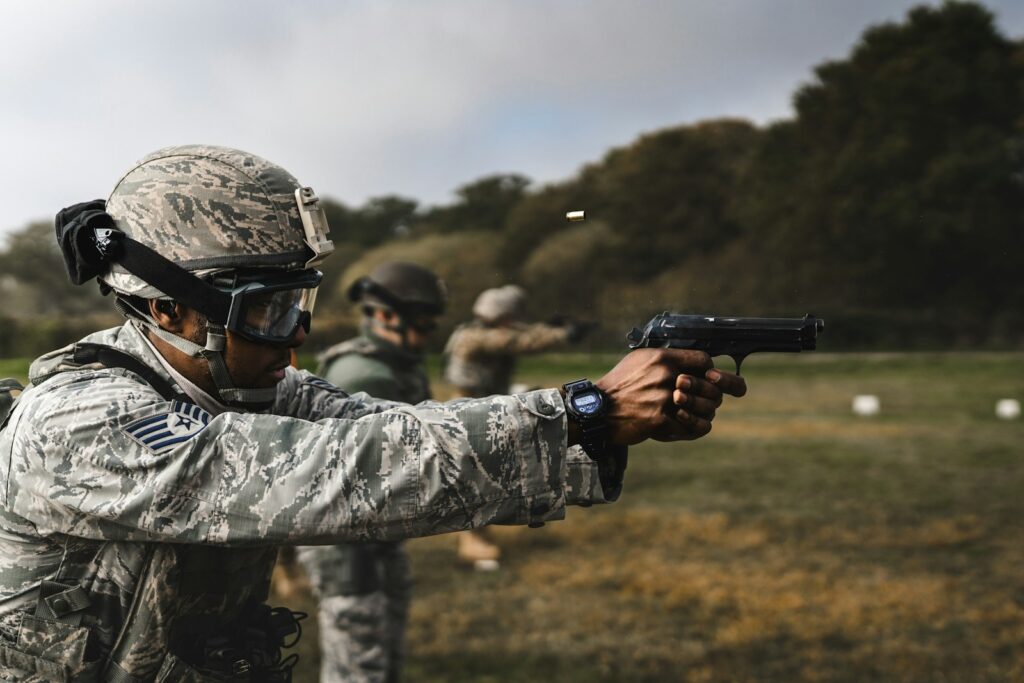
As the investigation into the Fort Stewart shooting continues, the military community and the nation grapple with the implications for security protocols and gun policies. The commitment to swift justice for the perpetrator is clear, as is the unwavering support for the victims. Yet, the underlying questions regarding how to effectively prevent such deeply unsettling acts of violence within the very institutions designed to protect our nation remain at the forefront. The journey toward enhanced safety on military installations will undoubtedly require a comprehensive re-evaluation, seeking a delicate equilibrium that respects individual rights while steadfastly upholding the security and well-being of all who serve and reside within these critical defense hubs.

